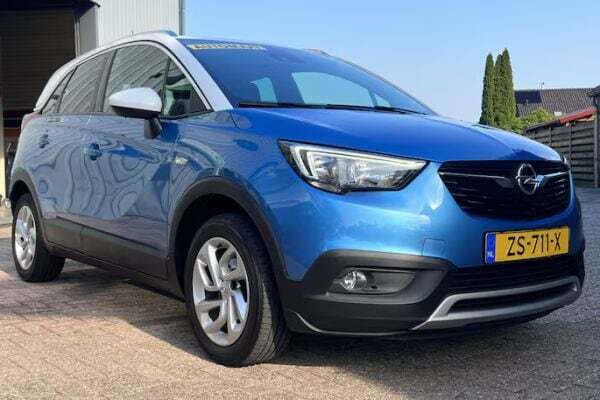
If you come across a Daf these days, you’ll be amazed at the agility of the seniors back then. Especially now that the ‘hip’ seniors of today all want to sit high for easier entry. That’s why this week we have three high-riders of modest dimensions. Two of them have an x in their model name. Do they also have the x-factor or is that too much honor for the last major purchase you’ll make in your life?
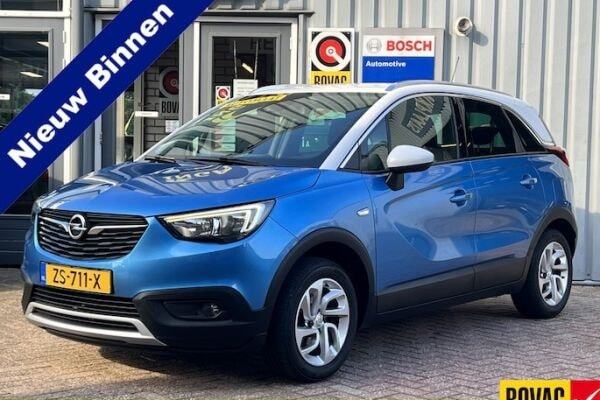
Opel Crossland X 1.2 Turbo 110 hp Innovation aut. – 2019 – 115,764 kilometers – €15,950
Most baby boomers have their affairs in order, so this time we set the bar at €16,000. For that money, for example, this Opel Crossland is for sale, which officially should also have an X after its model name. Two x’s, because ‘cross’ can also be read as x. A bit of a hassle for nothing, because this is a small front-wheel drive, related to the earlier Peugeot 2008. Because the very last car in which you will be transported is often black or gray, we opt for this hip blue, partly because the chrome trim on the side evokes associations with a hearse. Fortunately, you don’t see too much of it, thanks to the white roof!
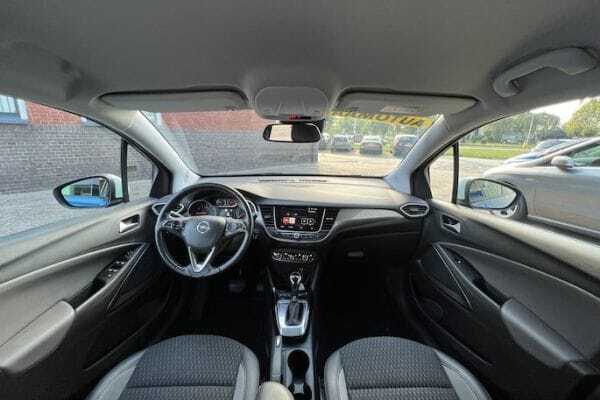
The ZS-711-X was the first Opel under PSA flag (now Stellantis) and that resulted in the installation of the blown 1.2: a pleasant machine, but timely and accurate maintenance is mandatory, because it is of course just a PureTech with the associated potential problems. That engine is linked to a six-speed sequential automatic transmission. The interior mainly breathes Opel: sleek, business-like, ergonomically sound and of solid build quality. That solid applies to the whole car, because it is the heaviest of this trio and therefore falls into a higher motor vehicle tax (mrb) rate. It is also the least economical and, despite the highest power, not faster and even carries the red lantern in terms of braked towing capacity. Also striking is that the largest car of these occasions clearly offers the least interior width, although the trunk measures a neat 410 liters. On the other hand, this Innovation version, supplemented with option packages, offers the most luxury: from climate control and heated steering wheel via privacy glass in the rear and Apple CarPlay to rain sensor and heated front seats. In terms of safety features, it has to let the more modern Bayon pass.
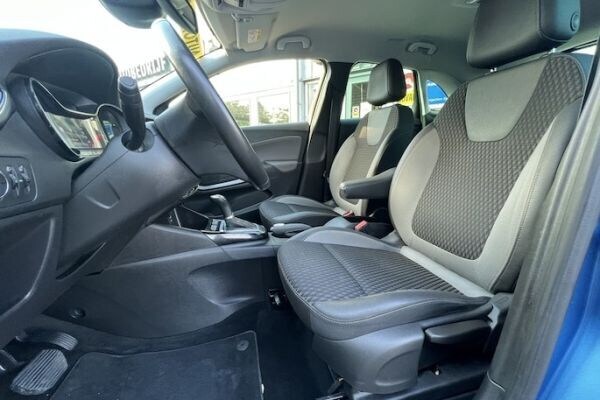
As Opel-with-Peugeot-genes, we note driving characteristics that are both tight and precise, but also tend towards comfort. The asking price is a ready-to-drive price, including Bovag warranty. With regard to technology/mechanics, that is somewhat reassuring.
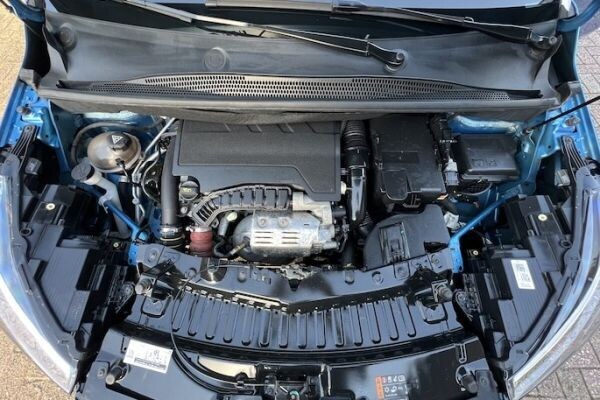
Volkswagen T-Cross 1.0 TSI 95 hp – 2020 – 82,779 kilometers – €15,950
As a fellow countryman, a Volkswagen T-Cross joins in. Volkswagens have a reputation for being pricey, both new and used, so you have to make concessions in terms of year of construction, mileage, engine and/or equipment when buying a used car. With this Volkswagen T-Cross, that seems to be not so bad: the same asking price as the Opel, but younger and fewer kilometers. The basic engine does not seem to be a disadvantage: equivalent performance, more economical and a higher braked towing weight. The entry-level equipment may be. What should be on it is present, but nowhere does the Wolfsburger stand out with pleasant trinkets. Finally: in its five-year life, the H-706-RP has already had three owners and is equipped with the standard legal warranty.
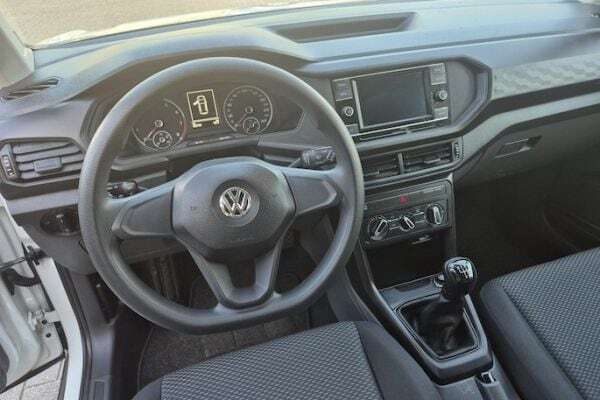
Good, we’ve had the household announcements, so we are left with the T-Cross, which as a whole seems more well thought out than the Crossland. Because although more compact in size, it offers more interior and luggage space. It simply feels bigger inside than it actually is. And the only feature with which this white four-wheeler distinguishes itself – a sliding rear seat – makes it the most versatile of this trio.
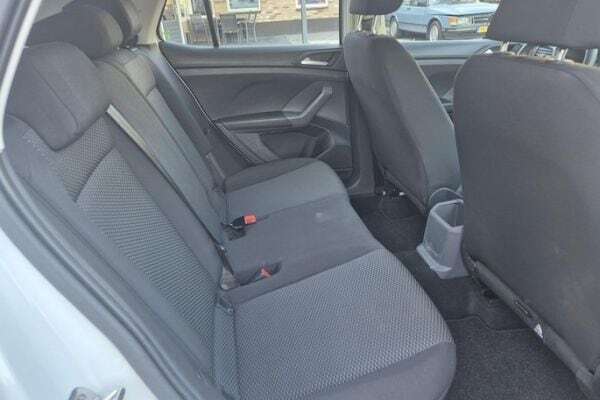
The Polo-based interior is sleek, business-like, has no ergonomic misses and is made of neat materials, but is no longer of higher quality than its compatriot. The Opel also seems to have survived its life better so far. Driving also offers no surprises. We can best describe the suspension and steering behavior as easy-going and accommodating. The T-Cross rolls quietly over the road and only in fast corners do you notice that you are sitting slightly higher than in the Polo. In short: an all-rounder, in the sense that the T-Cross does not give you any unexpected sensations. One finds that pleasant and relaxing, for another it may be a bit more peppery. Those who want to rock with their last car should definitely shop elsewhere, also because the once announced T-Cross Breeze (a convertible) has never come.
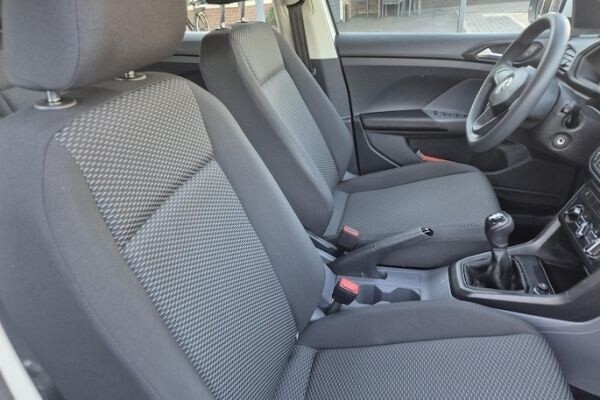
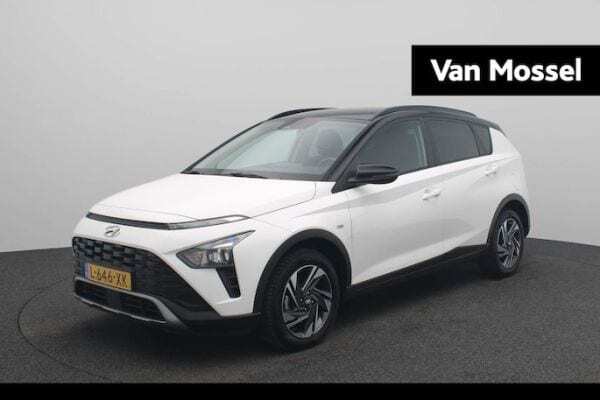
Hyundai Bayon 1.0 T-GDI 100 hp Comfort Smart – 2021 – 70,203 kilometers – €15,940
For ten euros less we find the third compact cross-over of this week: this Hyundai Bayon which is the youngest, has driven the fewest kilometers, is at the brand dealer and leaves including Bovag warranty, and that while the factory warranty is still valid until August 2026. In addition, but that is subjective, we find the Bayon the most modern and especially hip looking. That modernness is reflected in the mild-hybrid power source that makes the South Korean an economical drinker (its strict WLTP value is hardly inferior to the less realistic NEDC consumption figure of the T-Cross) and a decent trailer puller. Also on aspects such as autonomous emergency braking assistant, fatigue sensor, high beam assistant, Android Auto (in addition to Apple CarPlay), automatically folding exterior mirrors and a wireless phone charger, you notice the contemporary character of this i20-based occasion. The L-646-XK, with two ex-owners, also has lesser points. For example, we find the seat cushions too short and the luggage space is a lot more compact than that of its European rivals. For the latter, the slightly larger Kona is an alternative.
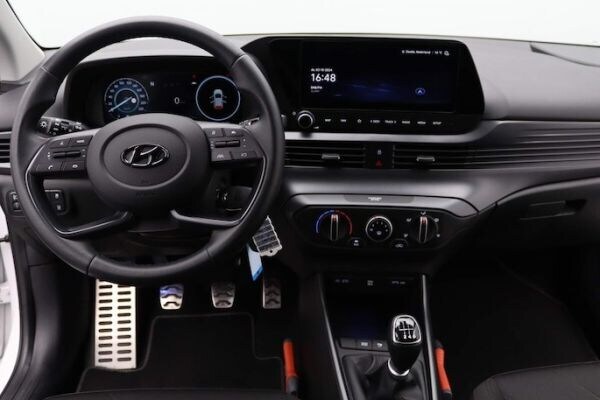
The instrumentation is digital and has an excellent multimedia system that works easily. The plastics used look a bit cheap here and there, but that is bearable. It is a bit more difficult with the coupling of the six-speed gearbox. This is electro-hydraulically operated, which makes it less sensitive. In practice, it can happen that you drive away with too many revs, because the engagement point is difficult to feel and there is a fraction of delay due to the technology used. On the road, the comfortable nature is striking. It parries thresholds and bad road surfaces without any problems and reactions in the body during load changes are good-natured but pronounced. The price for this is a relatively limited grip reserve: it doesn’t even have to go that fast to let the nose slide away and when braking firmly it dives quite enthusiastically towards the asphalt. Not dangerous, but just a little less refined than both Europeans display.

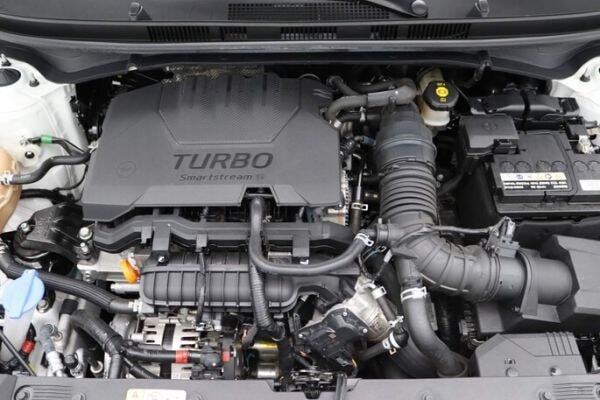
Also a turbo engine in the Hyundai Bayon